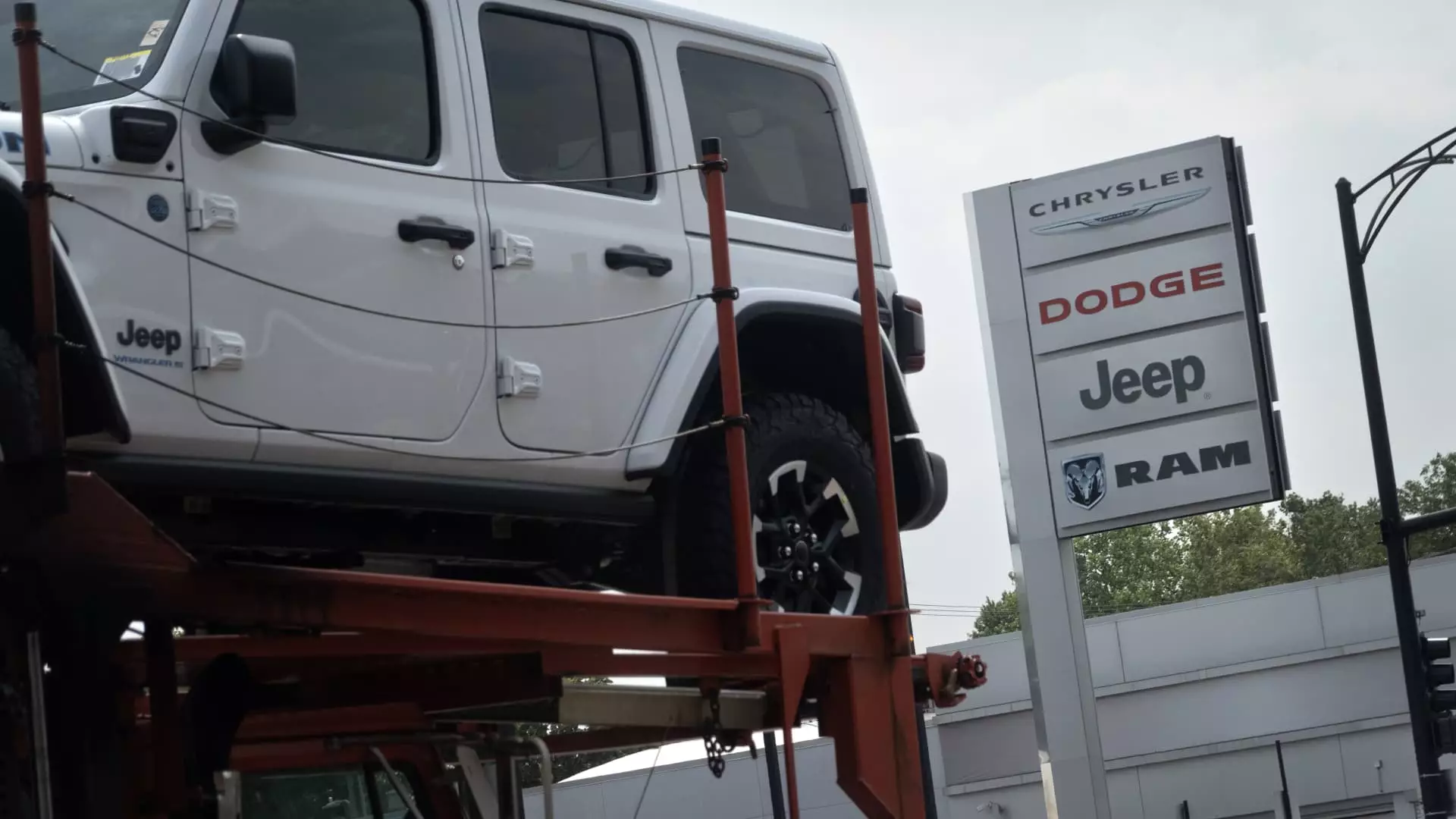The first half of the year has seen a 2.9% increase in U.S. auto sales compared to last year, but concerns are rising about the sustainability of this momentum in the latter half of the year. Factors such as growing vehicle inventory levels, escalating incentives, and uncertainties surrounding the economy, interest rates, and the upcoming U.S. presidential election are contributing to these concerns. Cox Automotive predicts a slowdown in sales growth for the second half of the year, with estimated sales reaching 15.7 million units by the end of 2024, a marginal 1.3% increase from 2023. Interestingly, the growth is primarily coming from commercial sales rather than consumer sales, indicating a shift in the market dynamics.
While these circumstances may pose challenges for automakers, they are advantageous for consumers who have been eager to buy a new vehicle amidst abundant supply and record-high pricing triggered by the pandemic. It’s anticipated that rental, commercial, and leasing sectors will experience double-digit growth, whereas the retail share of the industry is expected to decrease by 9 percentage points from the previous year, settling at around 79%. This shift in consumer behavior and market conditions is likely to create pricing and profit challenges for automakers, potentially hindering the recent success witnessed in sales performance.
As per projections by Cox Automotive, General Motors, Toyota Motor, and Honda Motor are anticipated to be the leading performers in the U.S. auto sales market for the first half of the year. However, there are notable underperformers such as Tesla, with estimated sales plummeting by 14.3%, and Stellantis, facing a forecasted decline of 16.5% through June. The rise of Toyota as a formidable contender to challenge GM’s position as the top-selling automaker is a noteworthy development, especially after the Japanese automaker secured the top spot for the first time in 2021. On the contrary, Stellantis’s CEO Carlos Tavares has acknowledged past mistakes that led to sales setbacks, bloated inventories, and investor apprehensions, underscoring the challenges faced by automakers in adapting to evolving market conditions.
The increasing supply of vehicles signifies a departure from the seller’s market that has dominated the industry for the past four years, signaling a shift towards a more competitive landscape with implications for new vehicle grosses and dealer profitability. The fluctuating market dynamics and evolving consumer preferences necessitate a strategic recalibration by automakers to navigate the uncertainties and challenges that lie ahead. As the industry braces for a potential slowdown in sales growth and grapples with market volatility, adaptability and resilience will be key to sustaining success in the competitive auto sales landscape.


Leave a Reply